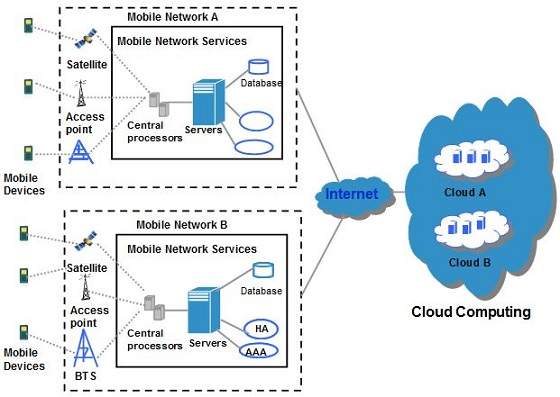The main characteristics of database approach are (i)
insulation of programs and data (ii) support of multiple user views (iii) use
of a catalog to store the database description. The architecture of the DBMS is
proposed to visualise these characteristics and so called the three schema
architecture. It is also called ANSI/SPARC (American National standard
Institute/Standards planning and requirements committee) Architecture.
Goal of the architecture is to separate the user
applications and physical database. In this architecture, schemas can be
defined as the following three levels.
i) The internal level
It has
an internal schema which describes the physical structure of the database. It
describes the complete details of data storage and access paths for the
database.
ii) The conceptual level
It has
a conceptual schema, which describes the structure of the whole database for a
community of users. It hides the details of physical storage structures and concentrates
on describing entities, data types, relationships, user operations and
constrains.
iii) The external or view level
It
includes a number of external schema or user views. Each external schema
describes the past of the database that a particular user group is interested
in and hides the rest of the database from that user group.
Fig. Three schema Architecture


No comments:
Post a Comment